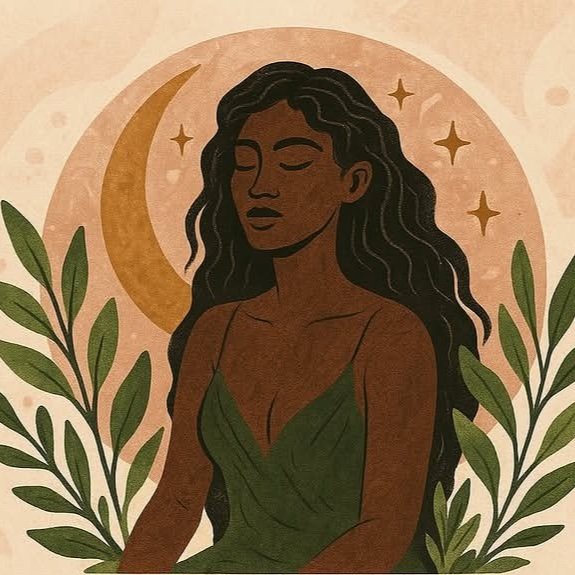Tinctures 102: Herbal History
Tinctures have a rich and varied history dating back thousands of years. In the ancient world, civilizations like the Sumerians and Egyptians used alcohol-infused herbal preparations for healing and spiritual purposes. Texts like the Ebers Papyrus document early uses of wine and beer as solvents. Similarly, traditional systems like Ayurveda and Traditional Chinese Medicine used various liquids—such as wine, vinegar, and oils—to extract medicinal plant compounds. In the classical era, Greek and Roman physicians, including Hippocrates and Galen, expanded the use of liquid herbal extracts, further solidifying their role in early medicine. During the Middle Ages, European monasteries preserved herbal knowledge and refined tincture-making techniques through the development of distillation, turning alcohol into a standard and effective solvent.
The Renaissance brought a scientific and alchemical perspective to herbal medicine. Paracelsus, a pioneering Swiss physician, championed the idea of extracting the "essence" of plants using alcohol, laying groundwork for modern pharmacology. In the colonial and folk medicine era, tinctures were widely used across Europe and the Americas, combining European traditions with Indigenous botanical knowledge. Herbal remedies became a household necessity, often made from local plants. By the 19th century, tinctures were central to apothecary practice. They were standardized in pharmacopeias like the U.S. and British Pharmacopeia, and used by both physicians and the general public.
The 20th century saw a decline in tincture use due to the rise of pharmaceutical drugs and the regulation of alcohol during Prohibition. However, they experienced a renaissance during the countercultural and natural health movements of the 1960s and 70s. Today, in the modern era, tinctures are celebrated for their potency, shelf stability, and holistic approach to healing. They are used widely in herbalism and integrative wellness, often crafted with care in small batches and tailored to individual needs. This long lineage reflects not only the adaptability of tinctures but also their enduring role in connecting people to plant medicine.
